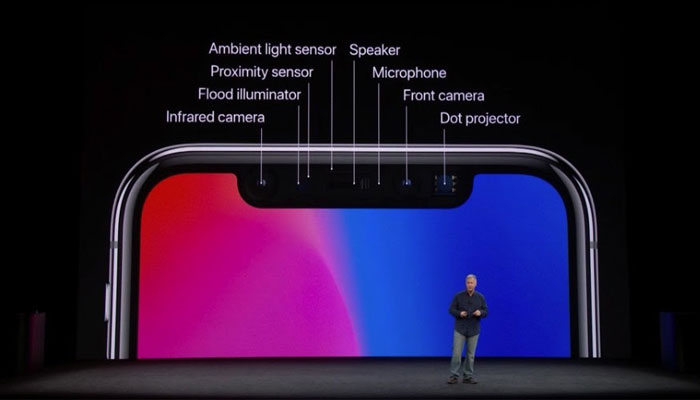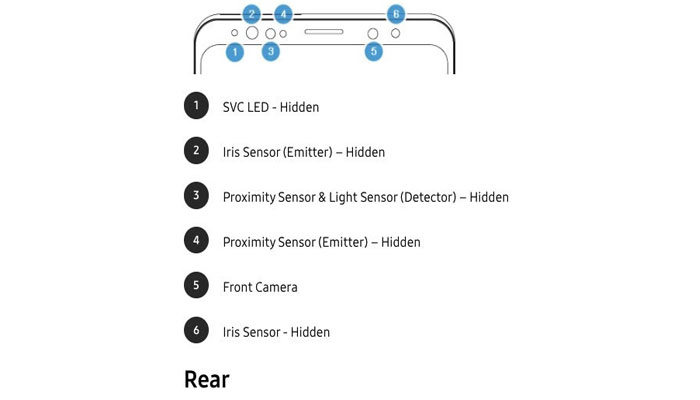Galaxy S10 suspects to miss the iPhone’s most advanced feature
Apple’s newest iPhone models like the XS and XR, are all top notch because they all support face ID, a facial recognition feature that requires an array of sensors and cameras.
Samsung's next lead phone will get us significantly closer to the smart phone design we had always wanted. Samsung officially disclosed a bunch of new adaptations of its Infinity display that all drive us more like a bezel-less Smartphone. Moreover, a whirlwind of reports in the past couple of weeks said the similar thing, that the Galaxy S10 would have a new Infinity-O display, the screen design with a hole for the selfie camera that will be first featured on the Galaxy A8s and on a forthcoming Huawei Smartphone. But the suspicions are: will the Galaxy S10’s design also be supporting 3D facial recognition feature?
Apple’s newest iPhone models like the XS and XR, are all top notch because they all support face ID, a facial recognition feature that requires an array of sensors and cameras.
A hole drilled in the Display wouldn’t be enough for Face ID. Anyways, according to recent reports, Samsung is making four distinct versions of Galaxy S10, in which at least one of them is expected to have a dual-lens front camera. A second camera will require another hole in the display, but we are not sure if Samsung will use this dual camera feature to setup 3D recognition, as Google has put two front cameras on the Pixel 3 for wider selfies and not for 3D facial recognition.
The Face ID requires a dot projector and a flood illuminator. The rumors related to Galaxy S10, especially the ones coming from Korea, are that they deliver all sorts of details. For example, a story from TheElec a few days ago was first to mention that Samsung will use “Hole in Active Area” (HIAA) technology to make Galaxy S10 screens and that a diode pumped solid state laser (DPSS) will be required for drilling. The same report said that Samsung Display will drill two different size holes in the panel for the front camera lens and infrared (IR) sensor. The report noted that the proximity sensor, light sensor, and LED status indicator would all be found under the screen.
The question arises that why would GalaxyS10 require an infrared sensor if not to support advanced 3D face scanning? TheElec did not elaborate on what Galaxy S10 versions will come with two HIAA holes, but reports that followed also mentioned the technology, saying that HIAA OLED screens will be a Samsung exclusive for a while.
A report from mid-January that said Apple’s 2019 iPhones will have a smaller incision that would allow Apple to combine the FaceTime camera with the infrared camera.
Samsung has been developing a more sophisticated in-display fingerprint technology than what’s currently available from other Android vendors. The Galaxy S10 is said to feature an ultrasonic fingerprint sensor under the display instead of an optical one. So Face ID might not even be needed on a phone rocking a fast fingerprint sensor under the screen.
Meanwhile, Huawei’s Mate 20 Pro comes both with Face ID support via an iPhone-like notch, and an in-display optical fingerprint sensor.
-
ISS crew of four completes medical evacuation with safe splashdown off California
-
Annular solar eclipse 2026: Here's everything to know about the ‘ring of fire’
-
World’s first ice archive created to preserve fast-melting glaciers’ secrets
-
NASA, DOE to develop Nuclear Reactor on the Moon by 2030
-
Aurora alert: Northern lights visible tonight at high latitudes
-
Honeybees could help humans communicate with aliens, scientists say
-
Comet 3I/ATLAS: Evidence suggests that interstellar visitor is older than the sun
-
Scientists discovered never-before-seen creature in Great Salt Lake













